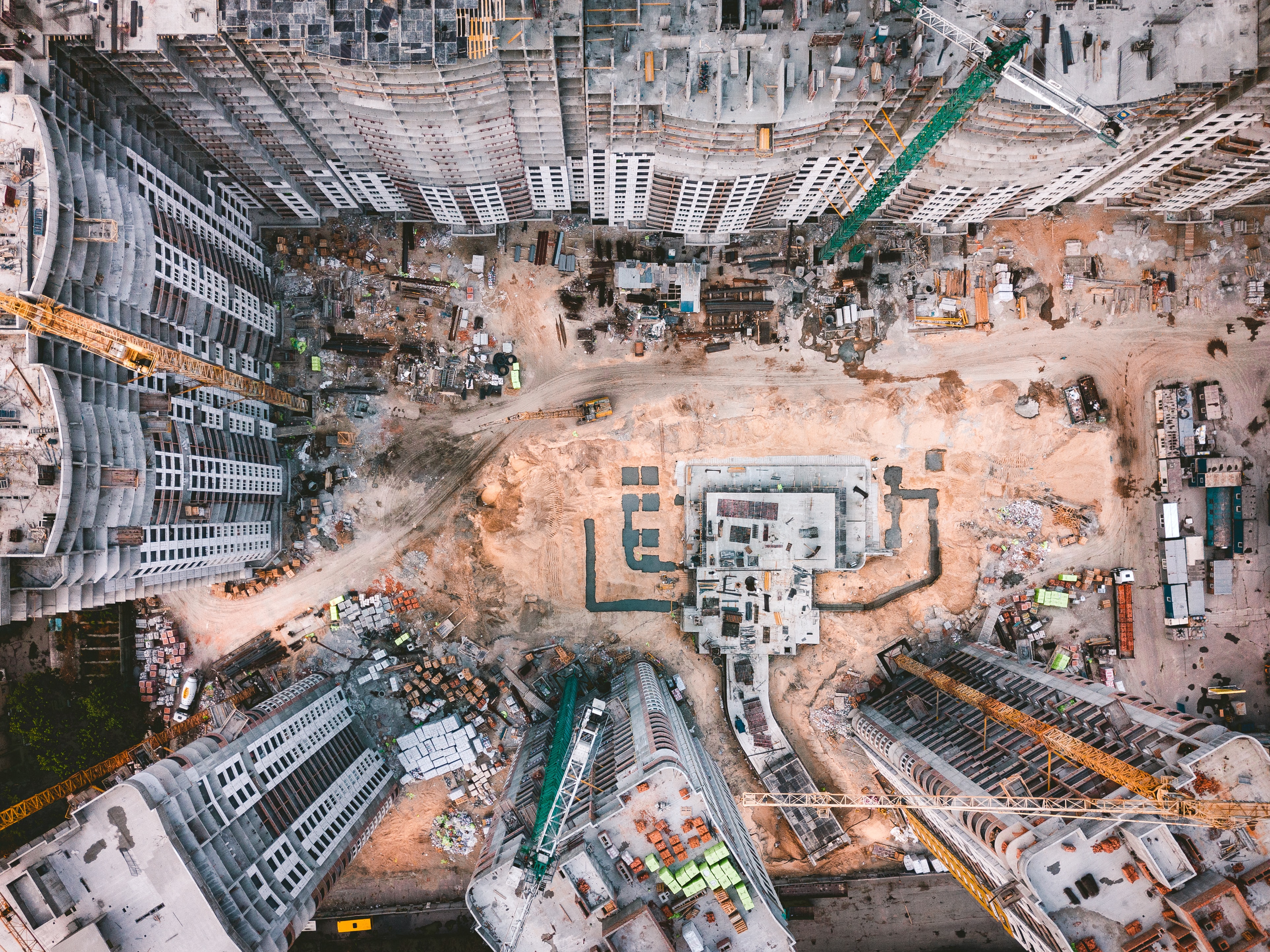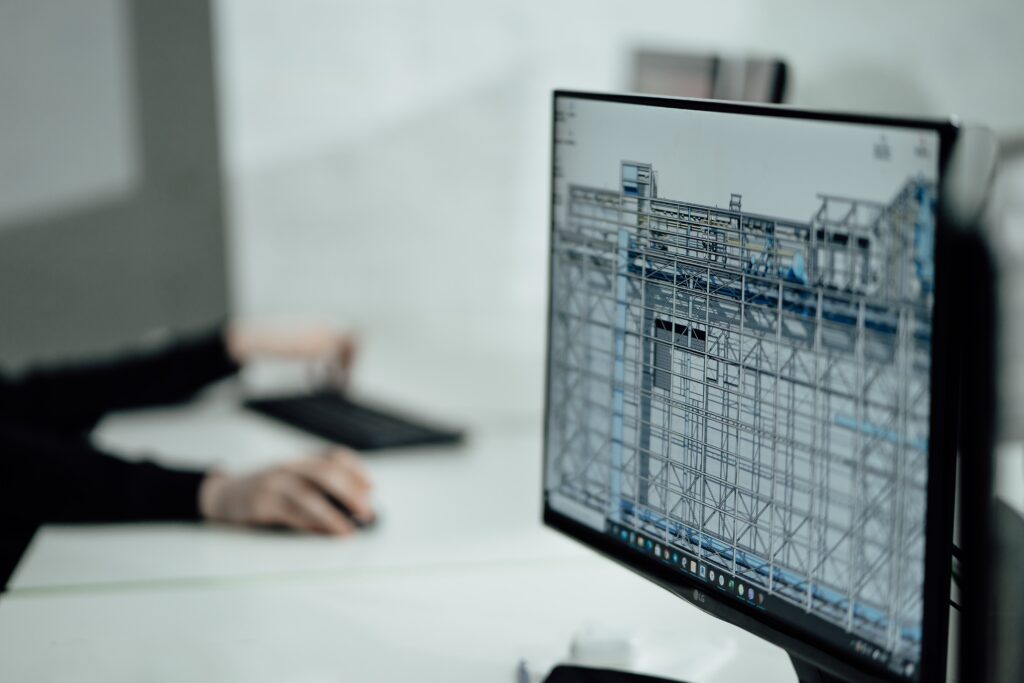
My bias is clear. I am a longtime technology advocate, initially for the legal profession, then for real estate, and now for the wider built environment, particularly construction. Why wouldn’t I be? Technology empowers people in businesses across all types of industries to work smar- ter and more efficiently. Despite criticism of the con- struction industry’s reluctance to embrace new tech- nologies, the past 18 months have demonstrated that most firms had already started to embrace technology, principally, project management and CRM tools. The problem was that, bluntly, some of these tools were not very good. There was little integration, which meant that the elements of the project process which had been digitised, had to be dumbed down or reproduced manually in order to be shared and understood across the entire delivery team at different stages. Some of these tools were first developed 10-15 years ago and have been crippled by a series of ad-hoc add-ons and extensions to the point that they are now unwieldy, inef- ficient and entirely non intuitive for new users. In fact, I recall the founder of an Ireland-based software once boasting that it took real estate professionals up to five years to learn how to ‘really use’ their system properly. This is nonsense. Technology, handheld devices, onsite networks and basic UX or user experience have evolved massively over the past decade. If new users cannot be trained for basic onsite tech systems in less than a day, the system is too complicated.
Upgrades and extensions only work if the provider has kept pace with emerging trends. In real terms, con- struction firms that invested heavily in new technology more than a decade ago but didn’t continue that in- vestment may now need to start over. This ought not to be seen as a failure of the earlier tech, but rather as an evolutionary response to a (now) rapidly changing built environment.
Rise in offsite construction and other MMC
Perhaps unsurprisingly, offsite construction and other modern methods of construction were relied upon to rapidly deliver essential healthcare, social housing and pharma projects since the outbreak of the pandemic. At the recent 2021 Digital Construction Summit, the Con- structuction Industry Federation’s director of specialist contracting Sean Downey cautioned that the industry needs to adjust the way it operates in order to meet the challenges of climate change, the digitisation of the sec- tor, and supply-chain optimisation through the greater use of offsite manufacturing. With Ireland’s persistent housing shortage and chronic undersupply unlikely to be resolved in the short term, it is possible that the majo- rity of new homes in Ireland could eventually be manu- factured off site given the rapid nature of delivery, not to mention a carbon reduction of up to 40 percent (waste reduction is double that) and consistently higher quali- ty overall. This bold prediction echoes the finding of an earlier Enterprise Ireland UK report, which found that up to 60 percent of the traditional build sector will transi- tion to an offsite delivery model by 2026. Current figures suggest that less than 10 percent of industry delivery is through modular and offsite construction so there is a significant hill to climb for development teams over the next five years.
Increase in AI-based video analysis
The use of video on construction sites is nothing new, however, the use cases have changed significantly and this has been driven by innovation and the application of new technologies, including machine learning. In- dustry video is about so much more than an engaging time-lapse view of the build or impressive marketing materials. It is now being used to secure the site, to fa- cilitate remote design and delivery team meetings, and to track and share the progress of the build with funders and other project delivery partners, which proved vital during the pandemic. The best – and most investable – examples of this in Ireland are Evercam and Standard Access. Evercam, founded by Marco Herbst and Vinnie Quinn, uses high-resolution, time-lapse cameras inte- grated with machine learning and artificial intelligence to help clients ascertain real-time project status and site activity. Meanwhile, the clever team at Standard Access has created an algorithm that can be used to turn any CCTV system into a smart video system, powered by ar- tificial intelligence and sophisticated enough to identify people without using controversial facial recognition, in full compliance with GDPR. This latter system enables automated headcounting (indoor and outdoor), social distancing on site and a host of other features that con- temporary construction firms need.
Use of augmented reality on sites
One of the most interesting use cases of immersive tech- nologies for construction was showcased by PM Group earlier this year when the company deployed augmented reality technology – HoloSiteTM by London-based XYZ Reality – on the design and construction of one of Euro- pe’s largest, hyperscale data centres in Denmark. This te- chnology custom-integrates engineering grade AR into a safety-compliant hard hat and visor, which enables users to view full BIM models on site, in real time and within construction tolerances, helping to prevent and identify early-stage construction inaccuracies. Speaking on iPro- pertyRadio about the rollout of HoloSiteTM, PM Group’s Digital Transformation Lead, Declan Leonard, revealed just how quickly users on site became familiar with the technology. In fact, he shared that within a few weeks of use, the site team had become so adept at handling the technology, they devised other possible use cases for the same technology, which is the hallmark of truly successful tech adoption.
Increased digitization of project workflows
Irrespective of a construction operator’s stance on tech- nology and investment in innovation, clients today requi- re easier access to more comprehensive, dynamic data than ever before. This is not achievable without some level of workflow digitisation. 2020 and 2021 so far have shown that collaboration is key for successful project delivery, however, this collaboration no longer requires lengthy meetings (onsite or remotely). Most active firms navigated the need to share data in real time, not just with project delivery partners, but with each other. Cer- tainly, this was more difficult for firms that were behind the curve of digital transformation prior to the outbreak of Covid-19. Digitising project management and project workflows aid prompt and better decision-making, whi- le keeping everyone connected and fully-informed. As the construction industry increases its reliance on digital communication tools, the need for strong cybersecurity becomes an ever-increasing priority. Right now, that is a conversation that is only starting to take place.
Ultimately, the purpose of construction technology is to push the entire industry forward; to drive advancement and innovation in order to increase the overall efficiency of the process and, ultimately, to improve the quality of the end product. Massive progress has been made over the past 18 months, this must be maintained and built upon.
ConstructionTech columnist Carol Tallon is the CEO of Property District and advises innovators, investors and members of the traditional industry on urban planning, property, construction and smart city tech- nology trends through Proptech Ireland www.prop-tech.ie.

